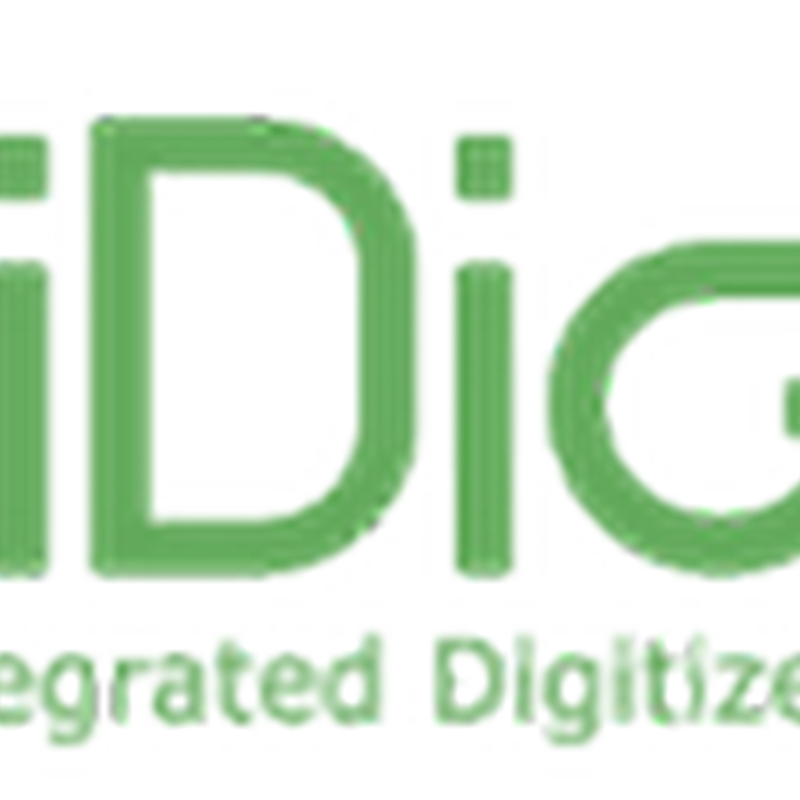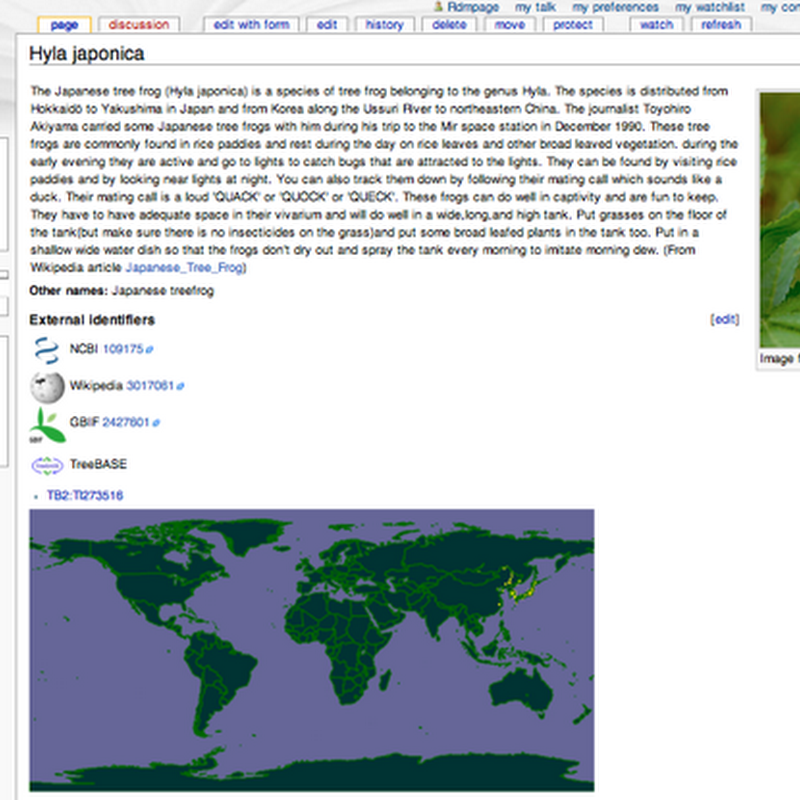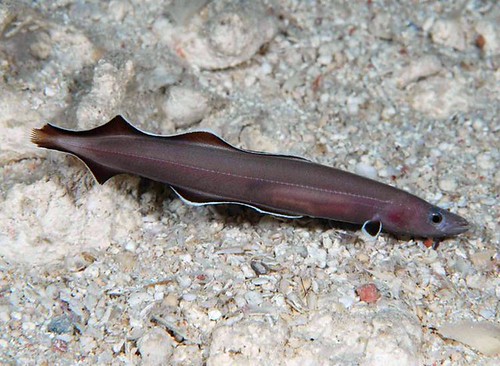
I'm doing some work with Nicole Kearney (@nicolekearney) at the Melbourne Museum on the general theme of "linking all the things". It's the end of the first full week we've had, so here's a quick update of what we've been up to. Brainstorming The things we want to do are being captured as a project on GitHub. This is where we come up with ideas, comment on then, then try to figure out which ones can be done.






